
Dotting the mountaintops of Europe, stretching 2,500 miles and aligned like pearls on a string, lie seven ancient monasteries. Some of the historic structures still house the cloistered religious orders which founded them, hundreds of years ago. Others have been recommissioned for a secular purpose; and still others stand vacant, stark reminders of the prayer and sacrifice which marked the days inside their walls.
And while the medieval monasteries and shrines were founded at different times and in different countries, served by different religious orders, yet there is a continuity which is hard to attribute to chance.
All seven monasteries lie in a straight line, called the “Sacred Line.” Beginning on an island off the coast of Ireland, slashing through the continent of Europe and down to the Stella Maris Monastery in Israel, the monasteries are neatly spaced. In fact, although they’re located in different countries and are situated atop mountains or on remote islands, three of them – Mont Saint Michel in France; the Sacra of San Miguel in Val de Susa, in the Piedmont region of northern Italy; and the Sanctuary of Monte Sant’Angelo in the Gargano region of southeastern Italy – are equidistant from one another.
Even more surprising, the seven monastic communities were perfectly aligned with the sunset on the day of the Northern Hemisphere’s Summer Solstice. And six of the monasteries – all but the southernmost one – are named after St. Michael the Archangel. Even the monastery in Israel, the southernmost religious center, has a distinct connection to Michael the Archangel. So it is that the direct line connecting the monasteries has come to be known as “the Sword of St. Michael”.
* * * *
What, I wondered, could be the significance of such an unexpected confluence of religious sites, all dedicated to the Archangel Michael? Fr. Dwight Longenecker, popular author, blogger, and convert to the Catholic faith, wondered about that, too. Fr. Dwight, as a former Anglican pastor, was received into full communion with the Catholic Church in 1995. Eventually, after petitioning the Holy Father, he was ordained to the Catholic priesthood – joined by his wife and children.
Those children, now young adults, are about to embark on an adventure with their father, traveling to each of the St. Michael monasteries with veteran documentary filmmaker Stan Williams, and producing a documentary chronicling their intercontinental family trek to the sacred sites. Even before production of the documentary, several television networks have expressed interest in airing it – including EWTN, PBS and BBC. Stan Williams believes that since the documentary will be filmed in six different countries, it will be picked up internationally – specifically in Ireland, England, France, Italy, Greece, and Israel.
Fr. Longenecker’s longstanding interest in St. Michael’s Sword
While still a student at Oxford, and later while serving as an Anglican priest, Fr. Dwight was puzzled by the mysterious alignment of the St. Michael monasteries. In his youth, backpacking across Europe to Israel, he had an opportunity to stay at several of the monasteries and to talk with the monks who resided there. Fr. Longenecker believes that the natural development of reason and human accomplishment were driven by a supernatural cause: the Judeo-Christian worldview, with its emphasis on devotion and worship. Without Christianity’s embrace of truth, beauty and goodness, Fr. Dwight believes, only corruption and death would follow.
Father Dwight knew that the monks who founded the mountaintop sites which came to be known as the Sword of St. Michael had helped to advance Western Civilization. They had offered both physical and spiritual protection to nearby villagers. Through the monks’ efforts, literacy and scientific progress were advanced, while their generous support helped local peasants to stave off barbarian invaders and tyrannical overlords, as well as pestilence and famine.
The idea of conducting a pilgrimage to the seven monasteries has long been on the back burner for Father Dwight; and finally, in the summer of 2023, the plan will become a reality. Two of the Longenecker children, Maddie and Theo, will accompany him and raise important questions about the sacred sites. To produce a high-quality documentary backed by solid research, Fr. Dwight will be joined by Dr. Stan Williams, executive producer and director for production company SWC Films and Nineveh’s Crossing, his media distribution company.
The monasteries that form St. Michael’s Sword
Looking at a map, one can see that the seven monasteries of St. Michael’s Sword are connected to one another, but their locations differ dramatically. Many have been erected on pinnacles or hard-to-reach places. They are (north to south):
1) Skellig Michael, situated on an island off the coast of Ireland. Accessible only during the summer months, the Gaelic monastery can be approached from three landing points, each of which leads to a set of steep and narrow stone steps rising 550 to 600 feet above sea level. The monastery dates to sometime between the sixth and eighth centuries, and features the remains of a tower house, a megalithic stone row, and a cross-inscribed slab popularly titled the Wailing Woman. In 1996, Skellig Michael was designated a UNESCO World Heritage Site.
2) St. Michael’s Mount, off the coast of Cornwall, England, sits on a tidal island. During high tide, the island is inaccessible; but at low tide, it’s possible to walk across a land bridge to visit the monastery ruins. Edward the Confessor is said to have gifted the site to the Benedictine order of Mont Saint-Michel in 1044. In the eleventh century, Pope Gregory granted an indulgence to pilgrims who traveled there. It remained a monastery for several hundred years, but the monastic community was later, during the war in Franace, dissolved by King Henry V. Still later, after the monastery had been reduced to a secular chapel, additional buildings were added atop the mountain, including a 12th-century castle. Since approximately 1650, the castle and its chapel have been the residence of the wealthy St. Aubyn family.
3) Mount St. Michel Abbey is positioned atop an island on the border between the peninsula of Brittany and Normandy, France. In the fourth century, the stone structure was erected near the bay with the name Monte Tombe. That name was changed to Mont-Saint-Michael au péril de la Mer (Mount Saint Michael at the peril of the sea) in 710 A.D., after Christianity took hold in the region. According to a medieval account, in 708 the local bishop, Bishop Saint Aubert of Avranches, had a dream in which the Archangel Michael three times instructed him to erect an oratory on Mont Tombe. The sanctuary was to be a replica of the fifth-century Gargano Sanctuary in Italy. Legend claims that during the apparition, the Archangel left the imprint of his finger on Aubert’s skull. Today, Saint Aubert’s skull is displayed at the Saint-Gervais d’Avranches basilica, and the scar created by the archangel’s touch is clearly visible.
Through the years, Mont-Saint-Michael has been repurposed to house political prisoners; but influential figures including the writer Victor Hugo campaigned for the building’s restoration as a place of prayer, persuading the Emperor Napoleon III to close the prison and transfer the prisoners to other prisons. During World War II, German forces occupied the mount, installing a cable car facility. In 1966, one hundred years after its founding, Benedictine monks returned to the abbey to spend their time in prayer.

4) Sacra di San Michele (Saint Michael’s Abbey) sits atop Mount Pirchiriano, in the Piedmont region of northwestern Italy, near the city of Turin. It’s believed that the area originally was home to a military fortress; but in the late 10th century, a crypt was built. According to tradition, the hermit Saint Giovanni Vincenzo had a great devotion to the Archangel Michael; and in an apparition, St. Michael instructed him to build a place for prayer, what is now the crypt. Years later, a separate building with guest rooms for pilgrims was added.
The abbey was for much of its history managed by monks of the Benedictine order; but in the early 1600’s the monastery fell into decline until it finally it was suppressed by Pope Gregory XV. In 1835, at the request of the Pope and King Charles Albert, the Rosminians restored it and established a center there which remains to the present day.
5) Sanctuary of Monte Sant’Angelo sul Gargano, perched atop Mount Gargano in the province of Foggia in southern Italy, is the oldest shrine in Western Europe. A popular pilgrimage site since its founding in the sixth century, it has been designated a minor basilica. Like others of the monasteries which comprise the Sword of St. Michael, this one is reported to have been constructed at the behest of St. Michael himself. According to legend, the Archangel Michael appeared several times to the Bishop of Sipontum near a mountain cave, requesting that the cave be dedicated to Christian worship. He promised to protect the local peasants from pagan invaders. According to a Latin hagiographical text known as Liber de apparitione Sancti Michaelis in Monte Gargano, Saint Michael did, in fact, intercede against invading Neapolitans, appearing atop the mountain with a flaming sword. In commemoration of this victory, the church in the ancient port city of Sipontum instituted a feast honoring Michael the Archangel on May 8; in the ninth century, the celebration spread throughout Western Christendom.
6) Monastery of the Etaxiarchis, sprawling on the picturesque and charming Greek island of Symi, was erected in the sixth century on a site which once was home to a pagan temple. The shrine was built to house an icon of Saint Michael which is considered to be miraculous. The Greek Orthodox Church, which controls the monastery, venerates Michael the Archangel here under the title of “Taxiarchis,” which means “commander of the heavenly host.” The faithful at Symi believe that a holy icon of the Archangel Michael appeared miraculously on the site where the church was built, and that the icon, if it were removed, would reappear miraculously in this same location. On the wall of the church is displayed a 6-1/2-foot-high icon of the Archangel. The interior of the church features iconography including a large painting of the Fall of the Angels.
7) The Stella Maris Monastery is a nineteenth-century monastery on the slopes of Mount Carmel in Haifa, Israel. Dedicated to Our Lady of Mount Carmel, the monastery is home to the Discalced Carmelites. Although this southernmost monastery does not bear the name of Michael, there is a strong connection: Legend says that St. Michael gave thunder to the Prophet Elijah on the top of Mount Carmel, so that he could fight the prophets of Baal, as reported in 1 Kings 18. In modern times, since the First World War, the Stella Maris Monastery is the destination for large crowds of Catholic Christians who process each year on the first Sunday after Easter, carrying a statue of Our Lady of the Scapular holding Baby Jesus.
Support and involvement
Catholics and other Christians who would like to see details of these fascinating monasteries revealed have an opportunity to help. Before the filming of Fr. Longenecker’s project “Angel Quest” can begin in June 2023, Stan Williams explained, they will need to raise approximately $290,000 to cover the cost of travel, lodging and equipment. Dr. Williams has launched a drive to secure funding through foundation grants, corporate sponsorships, and individual gifts.
Tax deductible contributions can be made through one of their two fiscal sponsors: the International Documentary Association (IDA), and Living Faith – Fine Arts Apostolate. More information on how to become a supporter is available at the Angel Quest website.

If you value the news and views Catholic World Report provides, please consider donating to support our efforts. Your contribution will help us continue to make CWR available to all readers worldwide for free, without a subscription. Thank you for your generosity!
Click here for more information on donating to CWR. Click here to sign up for our newsletter.







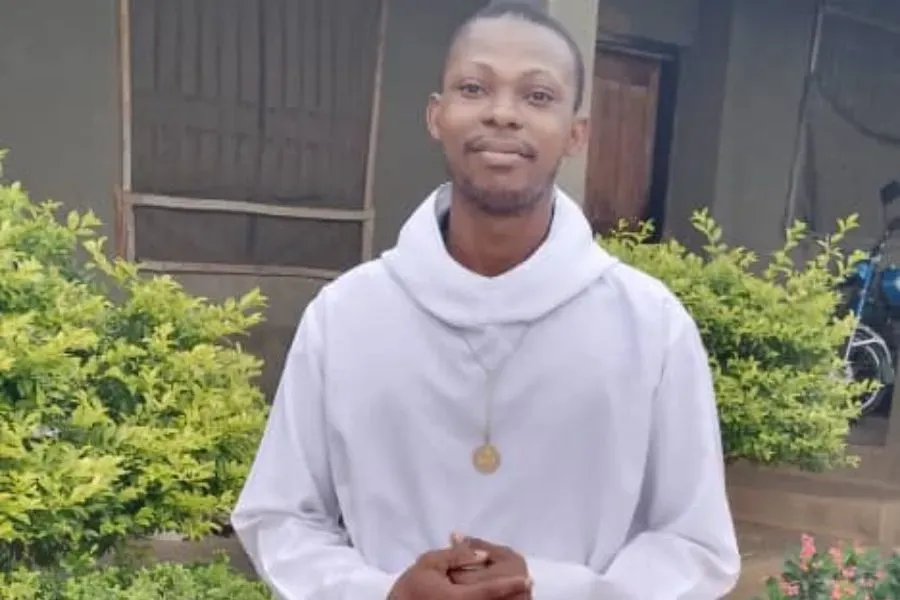
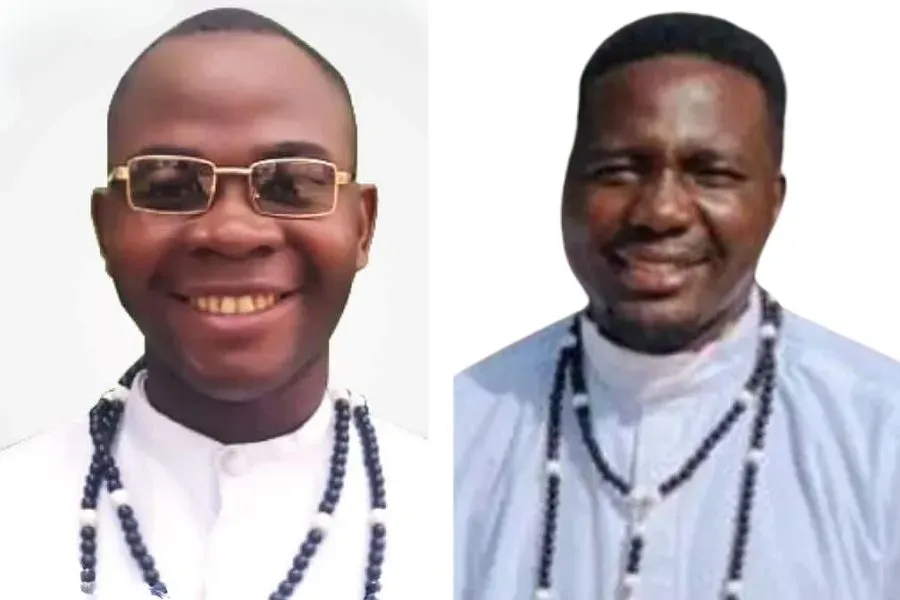


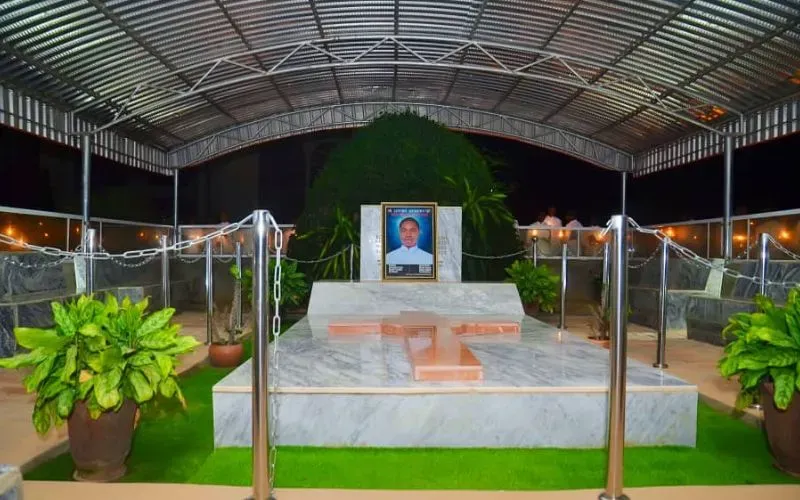
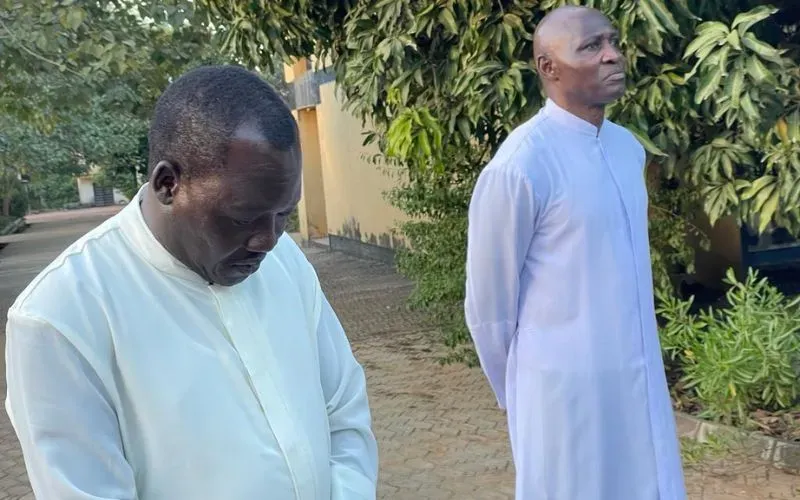
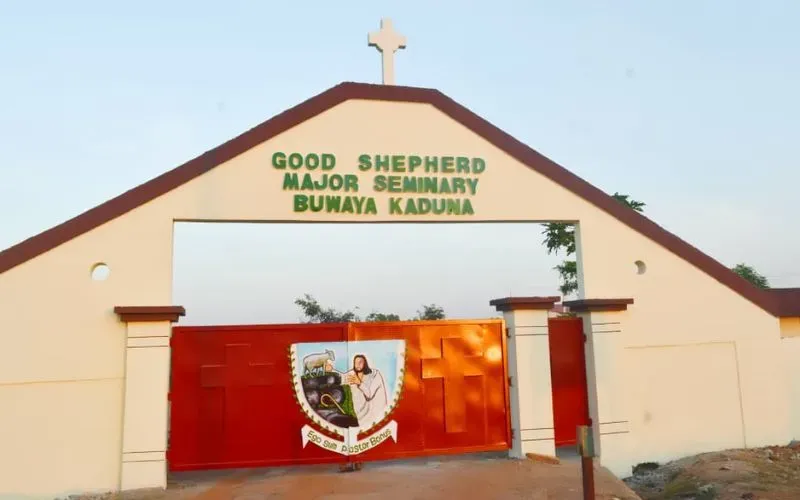
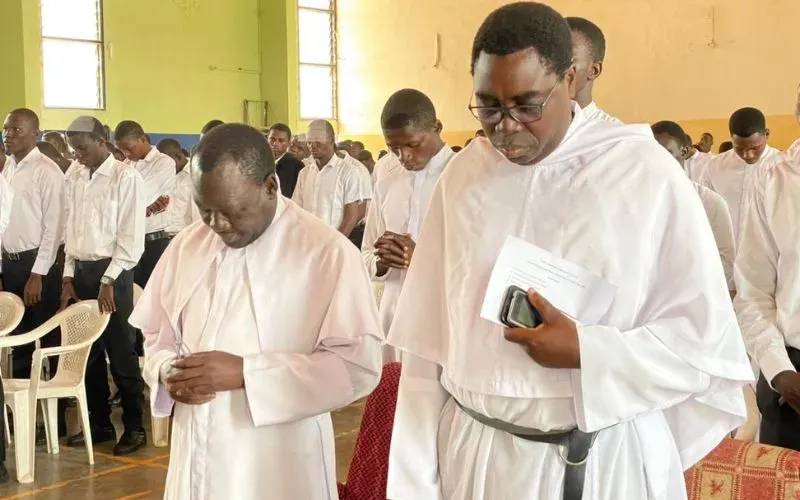
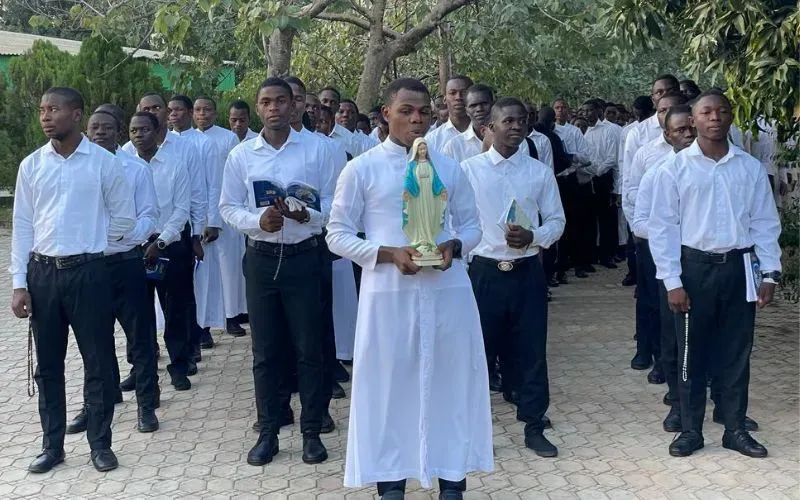
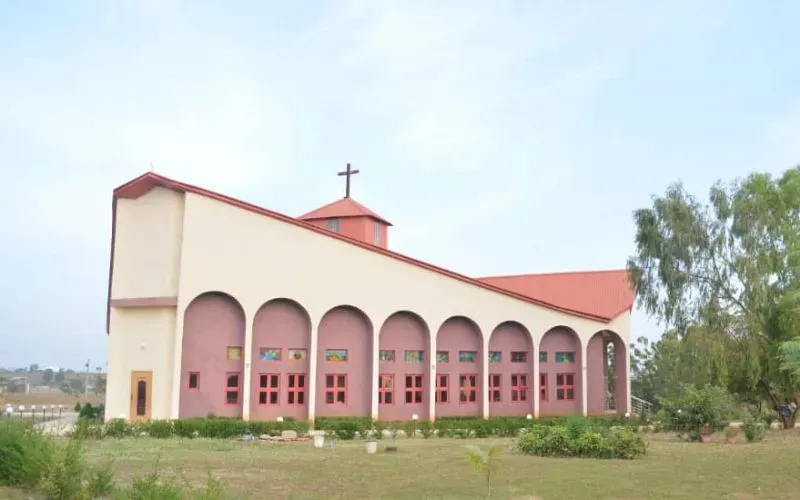
Edward The Confessor lived in the eleventh century not the eighth century as stated in the article.
Thank you! The error has been corrected.
And then there is the Benedictine monastery of St-Michel-de-Cuxa in the Pyrenees in South Central France. A medieval monastery part of whose cloister was cannabilized by the Rockefellers and reconstructed as the Cloisters museum in NYC (like throwing pearls to swine). My wife and I stayed with the monks there one night a few years back and attended Mass there as well. If anyone goes there for a visit, another must-see monastery in the area is that of St. Martin du Canigou where we also stayed a few days on retreat. It sits atop a mountain in the Pyrenees not far from Prades. Catholics ought to visit as places such as these are our patrimony.
Perhaps it is pearls before swine, but I live not too far away from the Cloisters and it is a beautiful and peaceful oasis in the NY metropolitan area. I love to go there and have taken many people to see it. I am grateful it is there.
No doubt about its beauty. However, when you visit St. Michel de Cuxa and see the ravages of the cloister, one might think that the Rockefeller money would have been better spent to restore the monastic church and its cloister in situ. Washington Heights is not the natural setting for this partial cloister from Cuxa and God only knows that you’ll take your life in your hands venturing up to Washington Heights.
The picture at the top of the article is mislabeled as “Mont Saint Michel in Normandy France.” I believe it’s actually a photo of Sacra di San Michele.
That said, Thank you for this article. That’s a pilgrimage I would love to make.
There is also a St. Michael’s Sword in Canada, comprised of several sacred sites, to which people go on pilgrimage. For information on this, go on line to Marion Devotional Movement websites
Fr Longenecker unless I read past it doesn’t say that he explored why and how these monasteries were perfectly aligned and distanced to each other whether by purposeful construction, which I would assume or by some miraculous coincidence.
That said it was a marvelous itinerary for Fr Longenecker and family.
Mont-Saint-Michel Normandy [bottom photo] is an aesthetic favorite, the French having that exceptional flair. My question other than the construction is what religious purpose. Saint Michael defends us in battle [Pope Leo XIII’s prayer] with Satan having been cast out, the ‘beast’ [his Johannine name] from heaven. The tradeoff seems to be working in Satan’s favor the beast [or the great red dragon who sought to devour Christ when failed unsuccessfully pursued his Mother] in Revelation having found a haven on Earth. It seems Mary’s intercession not to forget Saint Michael’s is sorely needed.
It’s no wonder Satan’s most violent assault has been against the Mystical Body’s vicars, from pope to presbyter [and deacons of course]. An avalanche of homosexual incursion into the ranks seems destined with Pope Francis’ predilection seen in his words who am I to judge but judge indeed he does posting allegedly active and pro homosexuals in almost every key position.
So with pervert clergy, most of who either favor or are soft on abortion His Holiness’ perceived unfinished work of VatII is advancing rather rapidly. As a priest it’s galling to witness the outcry against this diversion from the Gospels come, not from bishops and cardinals, rather largely from laity. Clerics who bleat are called rogues often chastised. Intimidation is this pontificate’s favored mo.
If we are witnessing the demise of the clergy we will lose the only real weapon to defeat the beast, the Holy Eucharist. It’s consuming the Holy Eucharist that instills a Christlike mind, a deepened sense of good and evil, an explicit turn toward charity, the real kind, not the accommodation now in vogue at the Vatican.
It would be great to have with the article a map of Europe which showed the names and location of the seven monasteries, or at least a link to such a map.
A map would be most helpful.
“5) Sanctuary of Monte Sant’Angelo sul Gargano, perched atop Mount Gargano in the province of Foggia in northern Italy”, is mistaken. Foggia and Mt Gargano are in Apulia Southern Italy.
It is on Mount Gargano, but you are correct: it is in southern, not northern, Italy. Thank you!
I sometimes feel as the rebellious elves of the Second Age in Tolkien’s Middle Earth must have felt when the Valar of the blessed realm, the angels of Tolkien’s myth, abandoned them to Morgoth, Sauron, and their allies. Culpable and confused.
I can’t wait to see this movie. I never knew about the Sword of St. Michael.
A few points:
“Eventually, after petitioning the Holy Father, he was ordained to the Catholic priesthood – joined by his wife and children.”
This says that his wife and children joined him in being ordained to the Catholic priesthood. You might want to rephrase it.
“In the eleventh century, Pope Gregory granted an indulgence to pilgrims who traveled there. It remained a monastery for several hundred years, but the monastic community was later, during the war in Franace, dissolved by King Henry V. Still later, after the monastery had been reduced to a secular chapel, additional buildings were added atop the mountain, including a 12th-century castle.”
Henry V was king in the early 1400’s – that is, the 15th century. A 12th-century castle can’t be “still later” than that. And the earlier, 12th-century date, is correct; there’s an amusing (to me, at least) historical report that the man who held the castle for Prince John during Richard I’s captivity, upon hearing the news that Richard was free, died of fright.
“In 1966, one hundred years after its founding, Benedictine monks returned to the abbey to spend their time in prayer.”
It was founded much earlier than 1866. 1866 was when it ceased to be a prison.
Leslie, Richard I was a Plantagenet–Angevin, of Norman descent. Those Normans were great fighters, and might well scare someone to death. It took Normans Robert Guiscard de Hauteville and brother Roger [who would become Roger I king of Sicily] a couple of weeks with a small Norman contingent, at the request of Pope Nicholas II to sweep Sicily of Arabic rule. The Norman de Hautevilles reinstated Christianity and a change of rite from Byzantine to Latin Catholicism.
Fr. Morello, Oh, yes I know about the Angevins and Richard I. 🙂 As for the de Hautevilles, one of them (an illegitimate one), Tancred, was fool enough to imprison the widow of his predecessor, King William II of Sicily, and seize her dower lands. I say “fool enough” because the widow in question happened to be Joan, sister of Richard I, and Richard, on his way to the Holy Land, was about to land in Sicily with a large fleet. Interestingly, according to Wikipedia (I’m too lazy to go dig out a biography and check it for details), included in the dower lands was Monte Sant’Angelo.
Richard was a logistical genius – his army was the best-supplied one on the Crusade.
Because I love complex sentences, and old books are a rich source of them, here’s a favorite quote from Kate Norgate’s biography of Richard: “Richard was seized with one of those fits of unaccountable, irrational fury before which all persons accustomed to associate with the Angevin counts quailed as before a direct manifestation of the powers of darkness whence the house of Anjou was said to have sprung.”
So, yes, the castellan of St. Michael’s Mount had good reason to be rather more than mildly perturbed.
All very interesting. However the sunset line (terminator) at the summer solstice does not line up with the seven sites: https://www.timeanddate.com/worldclock/sunearth.html?month=6&day=21&year=2023&hour=0&min=0&sec=0&n=&ntxt=&earth=0